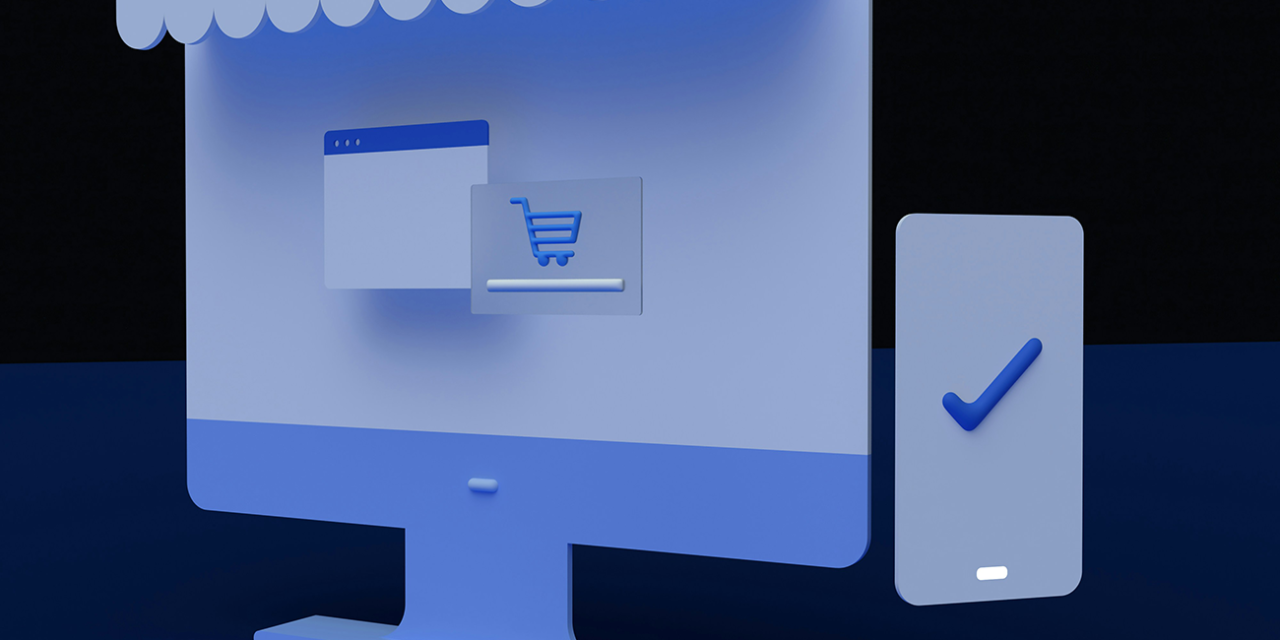Whether you’re looking for new tires for a vehicle or choosing a dentist, the options as a consumer remain more varied than ever.
Global trade has allowed for the duplication of every product and service and has pushed manufactures and service providers to compete on ever shrinking margins. With many options, consumers are pickier, more aware, educated, and diligent in communicating their needs and desires. To remain competitive and competent when dealing with today’s costumer, businesses must increase energy and time spent enhancing customer retention and loyalty programs, processes, and attitudes.
Increasing customer loyalty should permeate the thought of all company employees, with returning, satisfied customers laying in wait as the prize for these efforts.
Table of Contents
Customers are king.
Customers are central.
Businesses must realize the primary nature of their customers, as without, there exists no business. Due to the competitive nature of business with many local, national and foreign options, when products are similarly compared, it can sometimes be a touch of gratitude, often without ample effort or investment, that allows a business to rise above the pack and retain returning customers.
Elizabeth Wellington (2020) lists giving to causes that are meaningful to customers and having face-to-face communication as two key ways you can show increased appreciation for customers. When businesses go out of their way to communicate above what is expected, such as a face-to-face conversation, it can show that you care about what the customer is saying. Since we live in a giving economy, where there are many unique, personal causes to give to, customers want to know that the businesses they patron are giving to organizations they agree with. Businesses should take the time to identify causes that align with their values and the values of their customers and become involved by giving back directly.
Building loyal customers is difficult because it takes time, money, and systems in place to reinforce a perception of stability and clarity for either products or services.
Cumbersome processes, lack of communication or anything that wastes time are ways to quickly leave customers dissatisfied and destroy any loyalty that once existed. To counter these difficulties, it is recommended to make sure your communication channels are simple, from FAQ’s to emails, and review all procedures and policies to help customers find answers to problems more efficiently (Ellis, 2013). In today’s advanced world of technology, it also takes time and money for businesses to remain active in the digital sphere to gain loyalty of customers. For example, a bakery may have the best baked goods in town, but if they aren’t paying someone to manage a digital presence or keep listings up-to-date, they may lose potential customers. Often, businesses fail to build loyalty in their customers due to focusing on the wrong issues or building a loyalty program from the inside out vs. outside in. It’s most important to listen to customers to identify what they see as ways for a business to improve, and let the customer drive the loyalty program design and operation (Crandell, 2012).
After customer loyalty issues and focus have been identified, one might wonder how to create additional customer-loyalty-building practices.
Delivering perks and elevating customer service and products above competitors are ways to incite customers to return again and again (Ripton, n.d.). Give customers a reason to remember your business and brand. Another way to build customer loyalty is to develop multiple communication channels and ways for all customers to reach you, and create custom and personalized outreach campaigns in the form of birthday emails, letter correspondence, and in some cases, phone calls (Lister, 2019).
No matter the organization and quality of service or product, mistakes will be made.
It is inevitable. Conversely, angry customers are also inevitable and unavoidable. When dealing with angry customers, it’s important to have a plan in place to quickly resolve the issue so it doesn’t escalate, but also allow time to listen so the customer can vent and share their frustrations (Foot, n.d.). Both listening an allowing an upset customer to voice their concerns show that you’re practicing empathy and truly committed to fixing the problem.
Ultimately, being in business is being in business with people, and it’s your responsibility as a business owner to hear customers, respond, and meet their needs. It’s easy to become complacent or maintain false security in superior products or services, but quality customer service and attention to loyalty-building-practices remain ever important in today’s competitive, global world.
Summary/Conclusion:
Q. 1. What are 2 of the strategies that can be used to show customers that their business is valued? Why did you select these 2 examples?
- Two strategies that can be used to show customers appreciation for their business are face-to-face communication and giving to causes that are important to customers (Wellington, 2020). I selected these two examples as they are both active, engaged ways for a business to show a customer they are serious about showing their support. You are giving your two most valued resources as a business, time and money, when you have face-to-face conversations and give to select causes.
Q. 2. Discuss 2 key obstacles that exist to customer loyalty and how might they be removed?
- One of the biggest obstacles that exists to building customer loyalty is lack of clear communication and any business process that wastes a customers’ time (Ellis, 2013). Another related problem in building customer loyalty is focusing on the wrong issues or importance to customers (Crandell, 2012). Both of these can be avoided by taking the time to review and possibly overhaul all business procedures and activities to ensure the customer is taken into consideration through every process.
Q. 3. Discuss 3 things that positively impact customer loyalty in many organizations? Why did you select these 3 examples?
- Three ways to positively impact customer loyalty in an organization are delivering perks to customers (Ripton, n.d.), maintaining multiple communication channels and reaching out to customers personally (Lister, 2019). I chose these three examples as they give three concrete ways to balance both digital and physical communication to create more loyal customers. Putting effort into perks or extra gifts for customers set you apart from competitors, developing communication channels across digital platforms allows accessibility to a brand, and reaching out to customers personally allows for other touchpoints that don’t revolve around a product or service transaction, deepening trust and loyalty in the process.
Q. 4. In your experience, and based on your readings and research, when a customer becomes dissatisfied, what can be done to appease and retain that customer’s business.
- Often customers become dissatisfied when a product breaks or is inferior, or feel they’ve been lied to or “overpromised” on a product or service. When customers are angry and upset it’s best to let them voice their issue, and then work quickly to resolve with precautions in place to avoid the mistake again in the future (Foot, n.d.).
Q. 5. In your opinion, what is the most difficult aspect of customer retention? Explain.
- In my opinion, the most difficult aspect of customer retention comes in the time, money and effort needed to maintain current customers, and bring more customers into the fold. When new businesses and services are introduced to market each day, customers have many choices, so organizations must work to continually impress their current customers so they don’t seek services or products elsewhere, even out of curiosity or experiment. The model of customer to business is a relationship, and like all relationships, it must be maintained, paid attention to, and focused on to ensure communication remains clear and intentions remain positive and mutually beneficial.
References
Crandell, Christine (November 29, 2012). Why Customer Loyalty is Hard. Forbes.com. Retrieved July 26, 2020 from the Forbes website:
https://www.forbes.com/sites/christinecrandell/2012/11/29/why-customer-loyalty-is-hard
Ellis, Debra (June 24, 2013). Why Is Customer Loyalty So Hard to Get? And How Can You Get It Now? TargetMarketingMag.com. Retrieved July 26, 2020 from the Target Marketing website:
https://www.targetmarketingmag.com/post/why-is-customer-loyalty-so-hard-get-and-how-can-you-get-it-now
Foot, Andrew (n.d.). 10 ways to handle angry customers (and make them happy). Blog.eDesk.com. Retrieved July 26, 2020 from the edesk website:
https://blog.edesk.com/resources/10-steps-turning-angry-customer-happy-one/
Lister, Mary (July 18, 2019). 5 Ways to Earn & Build Customer Loyalty. WordStream.com. Retrieved July 26, 2020 from the WordStream website:
https://www.wordstream.com/blog/ws/2016/11/10/customer-loyalty
Ripton, JT (n.d.). 8 Ways to Create Real Customer Loyalty. Articles.Bplans.com. Retrieved July 26, 2020 from the Bplans website:
https://articles.bplans.com/8-ways-create-real-customer-loyalty/
Wellington, Elizabeth (July 14, 2020). 11 Memorable and Inexpensive Customer Appreciation Ideas. HelpScout.com. Retrieved July 26, 2020 from the HelpScout website:
https://www.helpscout.com/25-ways-to-thank-your-customers/





